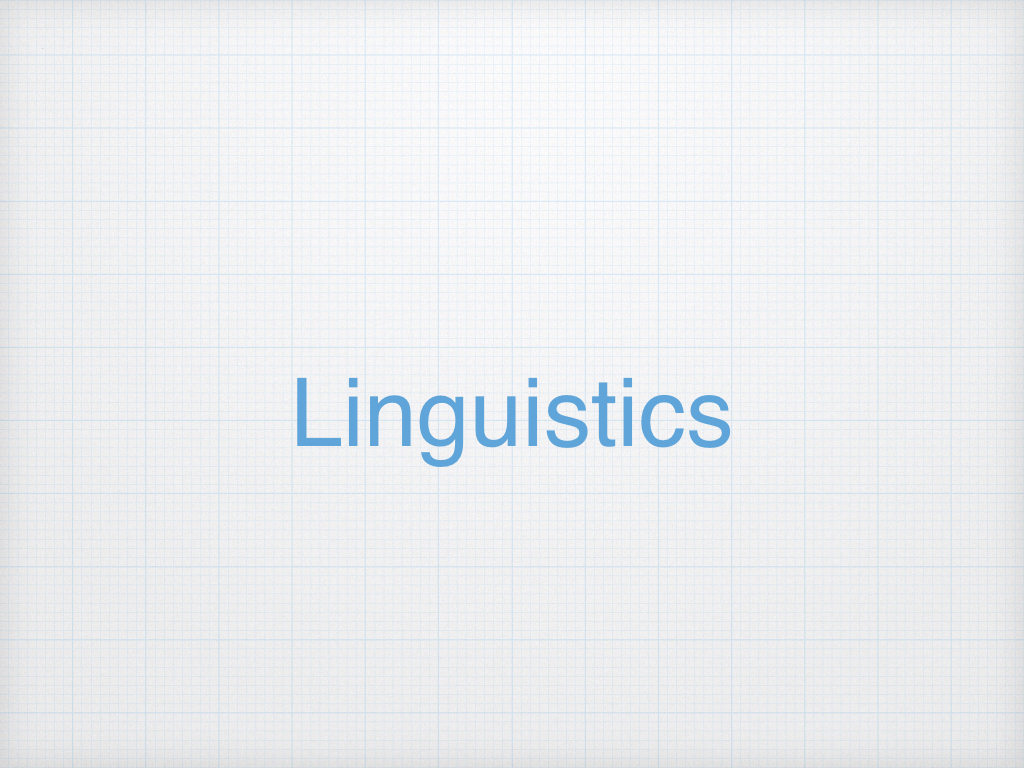Child Language Developmentのテスト対策に自分で問題を作ってみた。
なかなかいい勉強になる。
The practice test for Introduction to child and adult language acquisition.
Questions from lecture1
Q1. The child language development is a multi-disciplinary area.
- TRUE
- FALSE
Q2. Fill in the blank.
One of the important research topic in this study is “What are the functions of and .”
Q3.Look at the example below,
“Don’t giggle me”
“She holded the baby rabbits”
“My nose is crying”
What do the example indicate?
- Children imitate the utterance produced by adult.
- Children can pronounce words correctly.
- Children produce deviations.
- Children cannot understand tense.
Q4. What does “innately guided learning” mean?
- Living things have instinct to guide something to others.
- Living things have instinct to learn certain things.
- Living things have instinct to recognise signs to guide something.
- Living things have instinct to be guided to learn something by others.
Q5. What is “Poverty of the stimulus” and what does it propose?
Q6. Linguistic input are composed of
A. Syntactic analysis.
B. Semantic factors.
C. Phonetic data.
D. Morphological variations.
Q7. Describe Segmentation Problem.
Q8. Which is the best explanation of Projection Problem?
A. How does the child understand the meaning of a speech?
B. How does the adult project the speech is true or false?
C. How does the adult understand projections?
D. How does the child understand the linguistic units in a speech.
Questions from lecture 2
Q1. What is the problem of induction?
- An infinite number of generalizations are consistent with an infinite sample of data.
- An infinite number of generalizations are consistent with a finite sample of data.
- A finite number of generalizations are consistent with an infinite sample of data.
- A finite number of generalizations are consistent with a finite sample of data.
Q2.Which is the current approach to child language acquisition?
- Empiricist approach.
- Rationalist approach.
Q3. Choose the idea of empiricist.
- Structure of mind.
- Mental structure.
- Induction.
- Deduction.
Q4.What is Universal Grammar and suggested by who?
Q5. Perception is shaped by
A. only the signals from surroundings.
B. only the individual’s memory, expectation, and attention.
C. not only the signals from surroundings but the individual’s memory, expectation, and attention.
D. not only the signals from surroundings but the individual’s thought, ideology and gender.
Q6. Explain Perceptual Restoration and what does it show?
Q7. UG is a theory of acquisition.
- TURE
- FALSE
Q8. Does UG develop?
- YES
- NO
Questions from lecture 3
Q1. List lobes.
Q2. Where is the parietal lobe?
- Green area
- Blue area
- Orange area
- Pink area
Q3. Describe Synaptogenesis
Q4. Does Myelination begin in the womb?
- YES
- NO
Q5. Where is the part to use language in the brain?
A. Right Hemisphere
B. Left Hemisphere
Q6. What does Event related potentials (ERP’s) evidence suggest?
- Pre-defind connections to acquire language exist in brain.
- Connections to acquire language are defined after 4 month-olds.
- The child starts to babble around 4 month-olds.
- Some events are needed to develop UG.
Q7. Choose the feature of Wernicke’s aphasia.
- No problems with vocabulary.
- No problems with syntax.
- Language production deficits.
- Good comprehensibility.
Q8. Which theory does the example of Genie support?
- Universal Grammar.
- Language lateralisation
- Critical period
- Perceptual Restoration.

